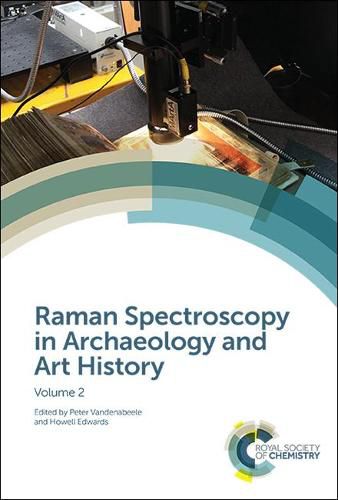Readings Newsletter
Become a Readings Member to make your shopping experience even easier.
Sign in or sign up for free!
You’re not far away from qualifying for FREE standard shipping within Australia
You’ve qualified for FREE standard shipping within Australia
The cart is loading…






Ten years after the first volume, this book highlights the important contribution Raman spectroscopy makes as a non-destructive method for characterising the chemical composition of objects with archaeological and historical importance. The original book was ground-breaking in its concept, but the past ten years have seen some advancement into new areas, consolidation of some of the older ones and novel applications involving portable instrumentation, on site in museums and in the field.
This new volume maintains the topic at the cutting edge, the Editors have approached prominent contributors to provide case-studies sorted into themes. Starting with a Foreword from the British Museum Director of Scientific Research and an Introduction from the Editors, which offer general background information and theoretical context, the contributions then provide global perspectives on this powerful analytical tool.
Aimed at scientists involved in conservation, conservators and curators who want to better understand their collections at a material level and researchers of cultural heritage.
$9.00 standard shipping within Australia
FREE standard shipping within Australia for orders over $100.00
Express & International shipping calculated at checkout
Ten years after the first volume, this book highlights the important contribution Raman spectroscopy makes as a non-destructive method for characterising the chemical composition of objects with archaeological and historical importance. The original book was ground-breaking in its concept, but the past ten years have seen some advancement into new areas, consolidation of some of the older ones and novel applications involving portable instrumentation, on site in museums and in the field.
This new volume maintains the topic at the cutting edge, the Editors have approached prominent contributors to provide case-studies sorted into themes. Starting with a Foreword from the British Museum Director of Scientific Research and an Introduction from the Editors, which offer general background information and theoretical context, the contributions then provide global perspectives on this powerful analytical tool.
Aimed at scientists involved in conservation, conservators and curators who want to better understand their collections at a material level and researchers of cultural heritage.